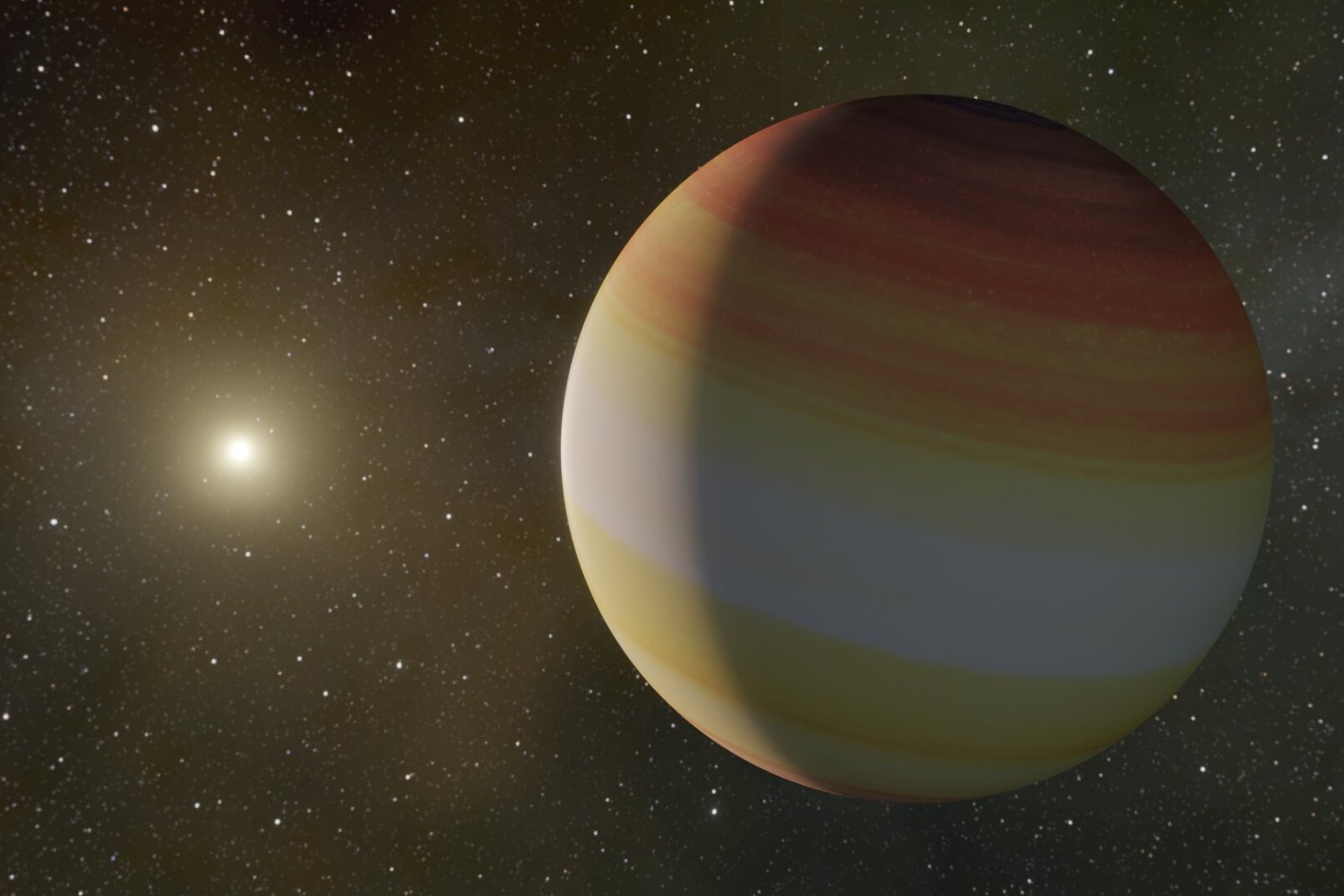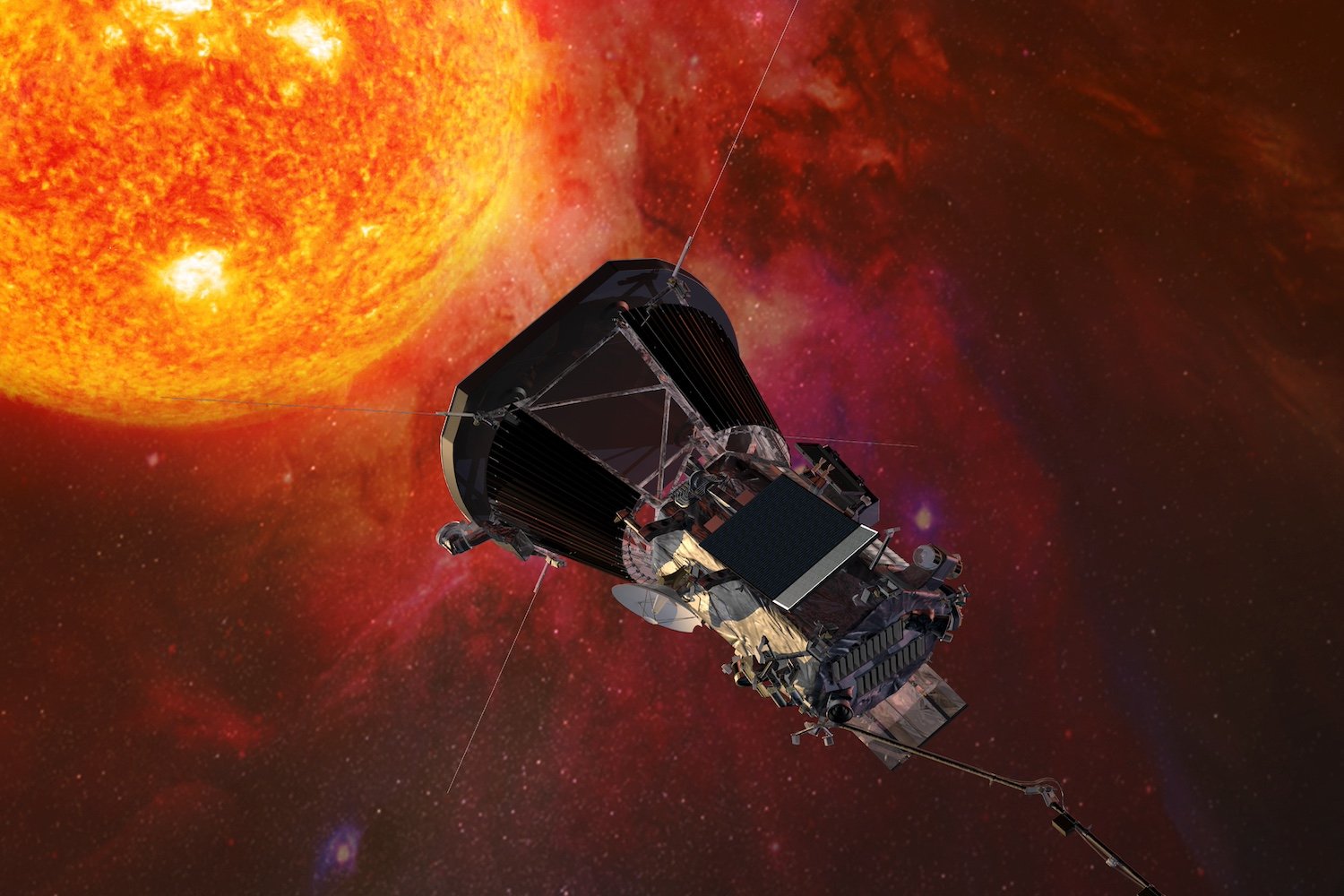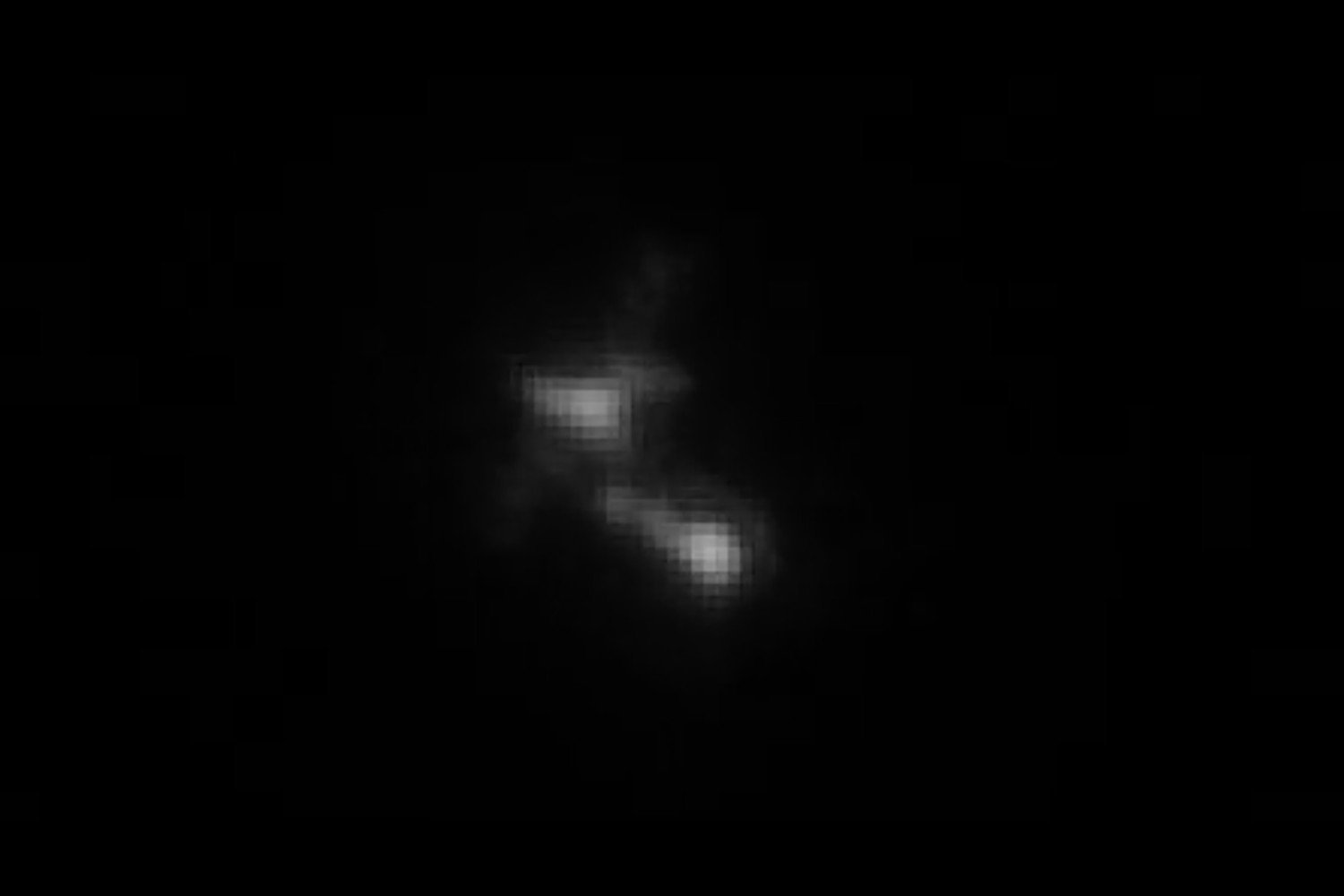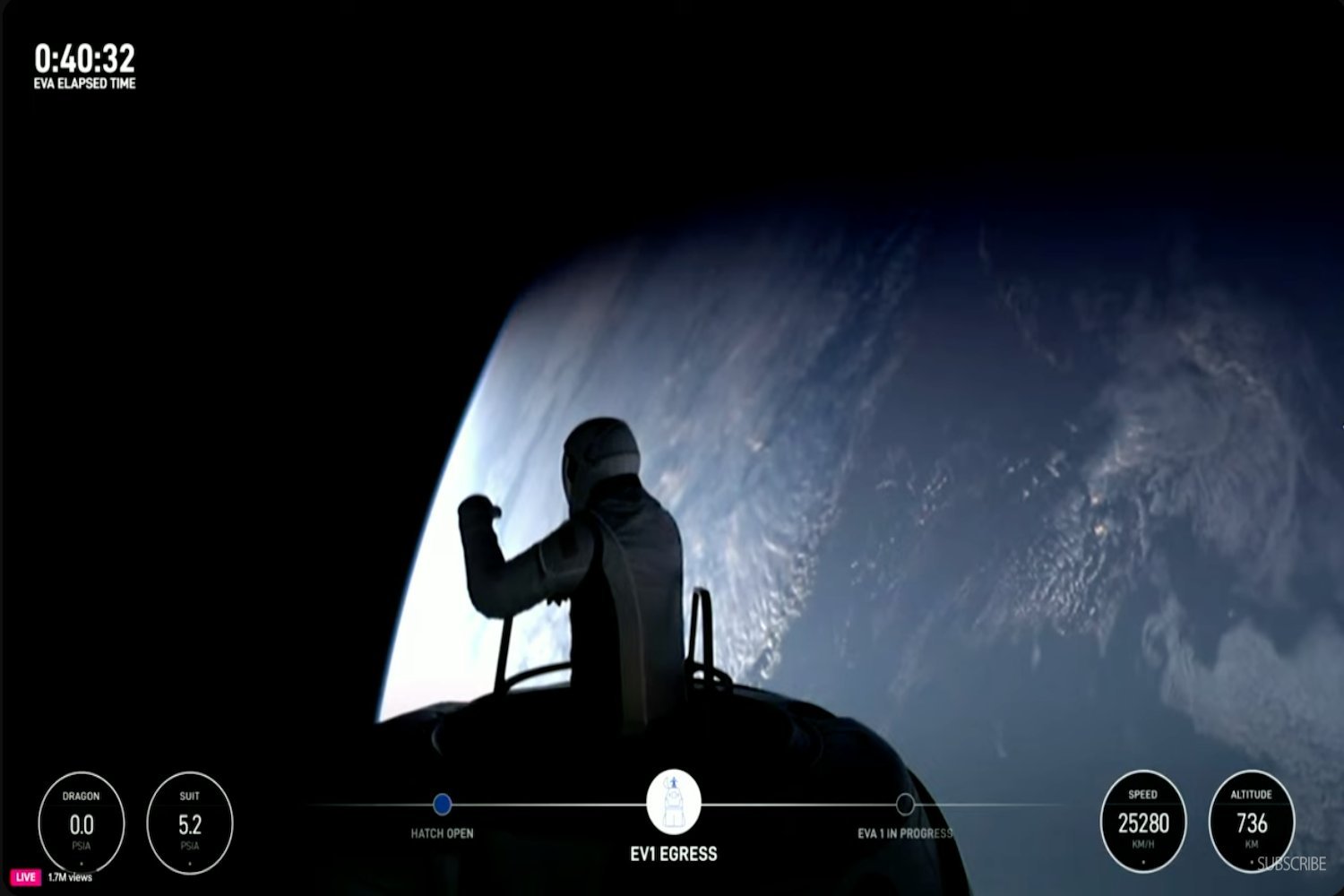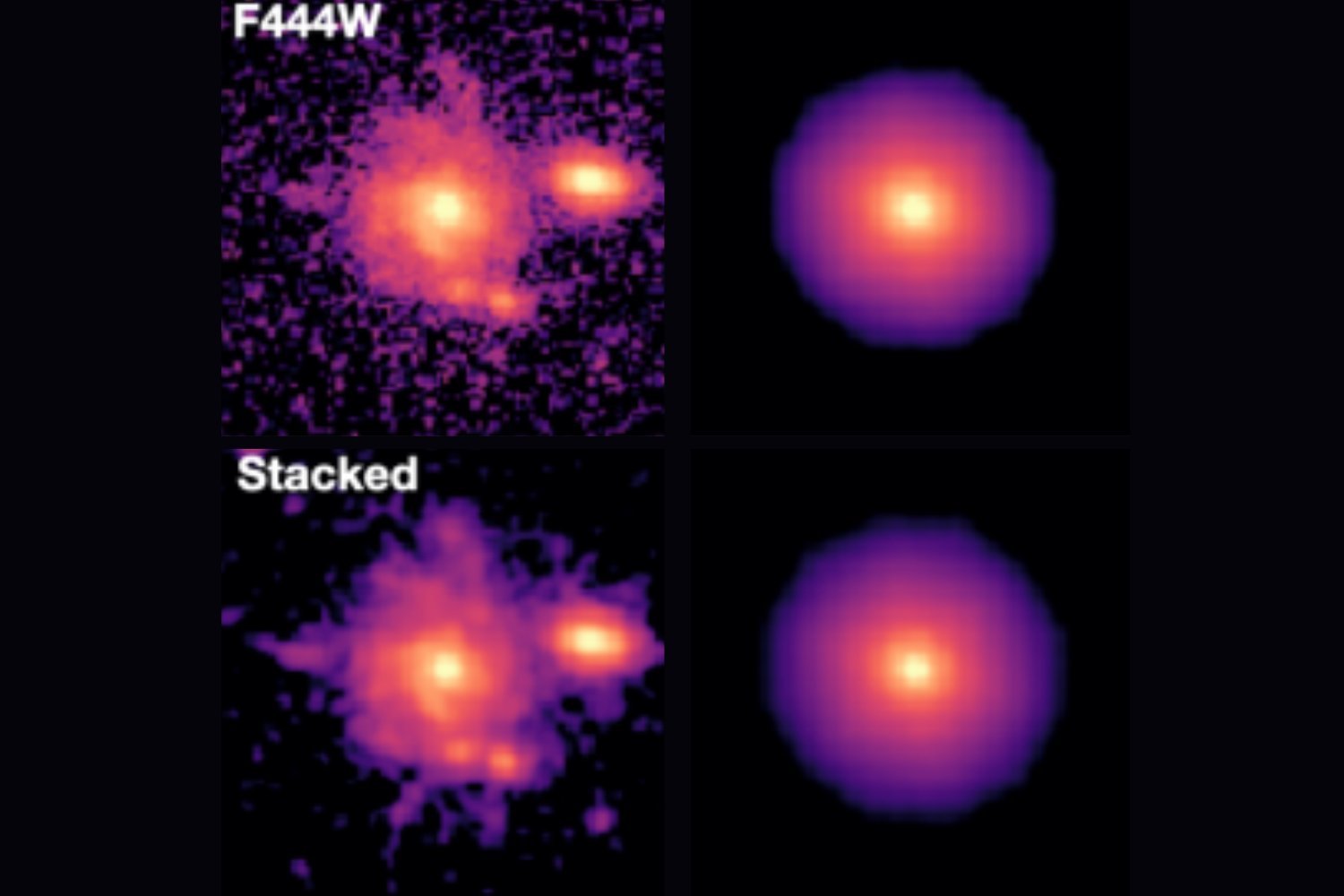A team of Polish astronomers has identified a colossal exoplanet more than 11 times the mass of Jupiter, securing its place among the most massive known worlds. Located about 300 light-years from Earth in the Great Bear constellation, this cold super-Jupiter orbits the star HD 118203.
This discovery adds another intriguing member to the HD 118203 system, which already boasts a hot Jupiter detected in 2005 by the Transiting Exoplanet Survey Satellite (TESS). This previously known exoplanet is only twice the size of Earth and completes its orbit in a mere six days. However, radial velocity data suggested the presence of another celestial body within the system, prompting further investigation.
Researchers utilized data from TESS, the Telescopio Nazionale Galileo, and the Hobby-Eberly Telescope to scrutinize HD 118203. While the newly discovered exoplanet remains unseen due to the overwhelming brightness of its host star, the team inferred its existence from subtle changes in the star’s brightness caused by the planet’s gravitational influence. Unlike its hot Jupiter sibling, this cold super-Jupiter takes approximately 14 years to complete one orbit around its star.
The host star, HD 118203, is roughly 20% more massive and twice the size of our Sun, though older. This complex star system, with its diverse planetary companions, presents a valuable opportunity to study planetary formation and evolution.
While this new exoplanet is impressively massive, it doesn’t quite claim the title of the largest known exoplanet. That distinction belongs to TrES-4b, located in the Hercules constellation approximately 1,430 light-years away. TrES-4b boasts a diameter of 142,915 miles (230,000 kilometers), dwarfing Jupiter’s 88,670-mile (142,700 km) radius. However, TrES-4b is less massive than Jupiter, making the newly discovered cold super-Jupiter significantly denser.
The newly discovered exoplanet’s mass, approximately 11 times that of Jupiter, places it in a similar category as Beta Pictoris b, another massive exoplanet about 12 times Jupiter’s mass and located 63 light-years from Earth. The boundary between massive exoplanets and brown dwarfs—often referred to as “failed stars”—can be ambiguous, making these discoveries critical to understanding the spectrum of celestial objects.
This discovery underscores the ongoing quest to explore the diversity of exoplanets and the intricate dynamics of planetary systems beyond our own. Further research into the HD 118203 system promises to reveal more insights into the formation and evolution of these fascinating celestial bodies.



